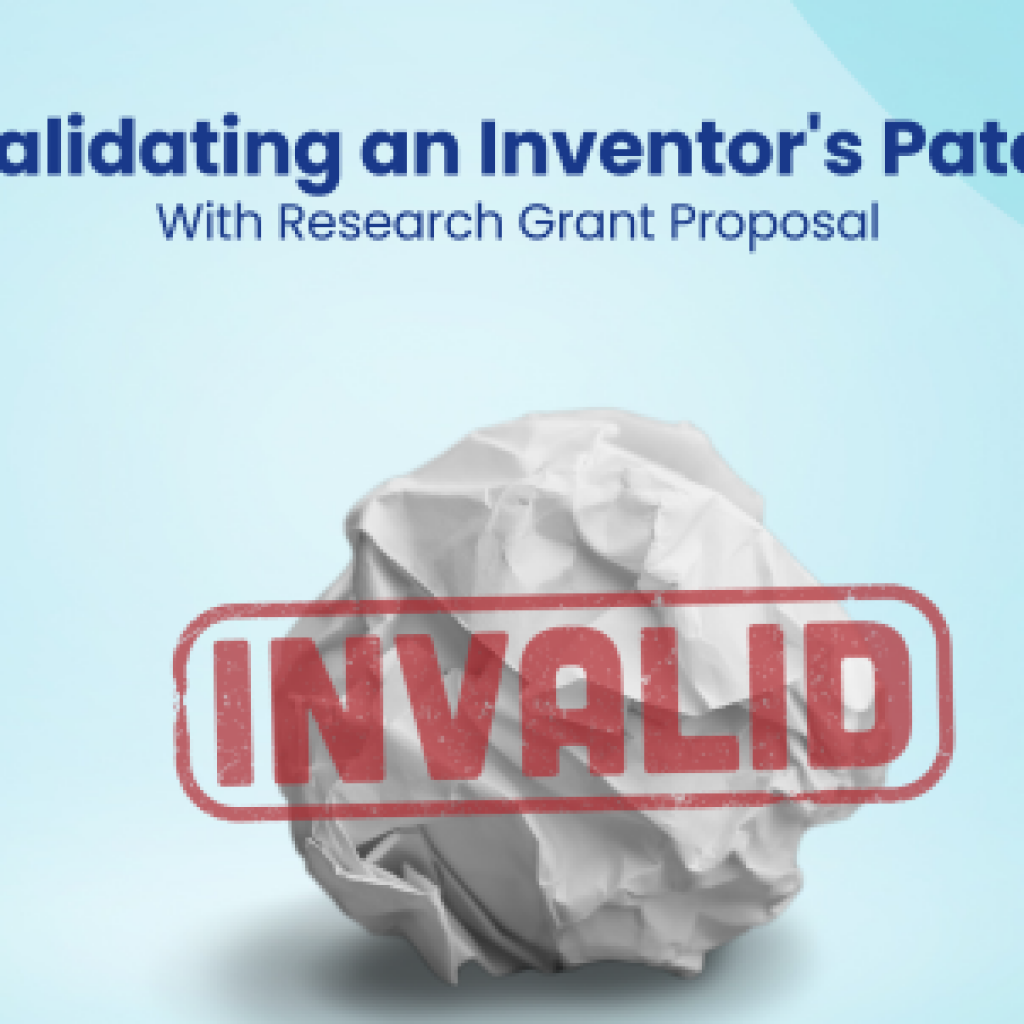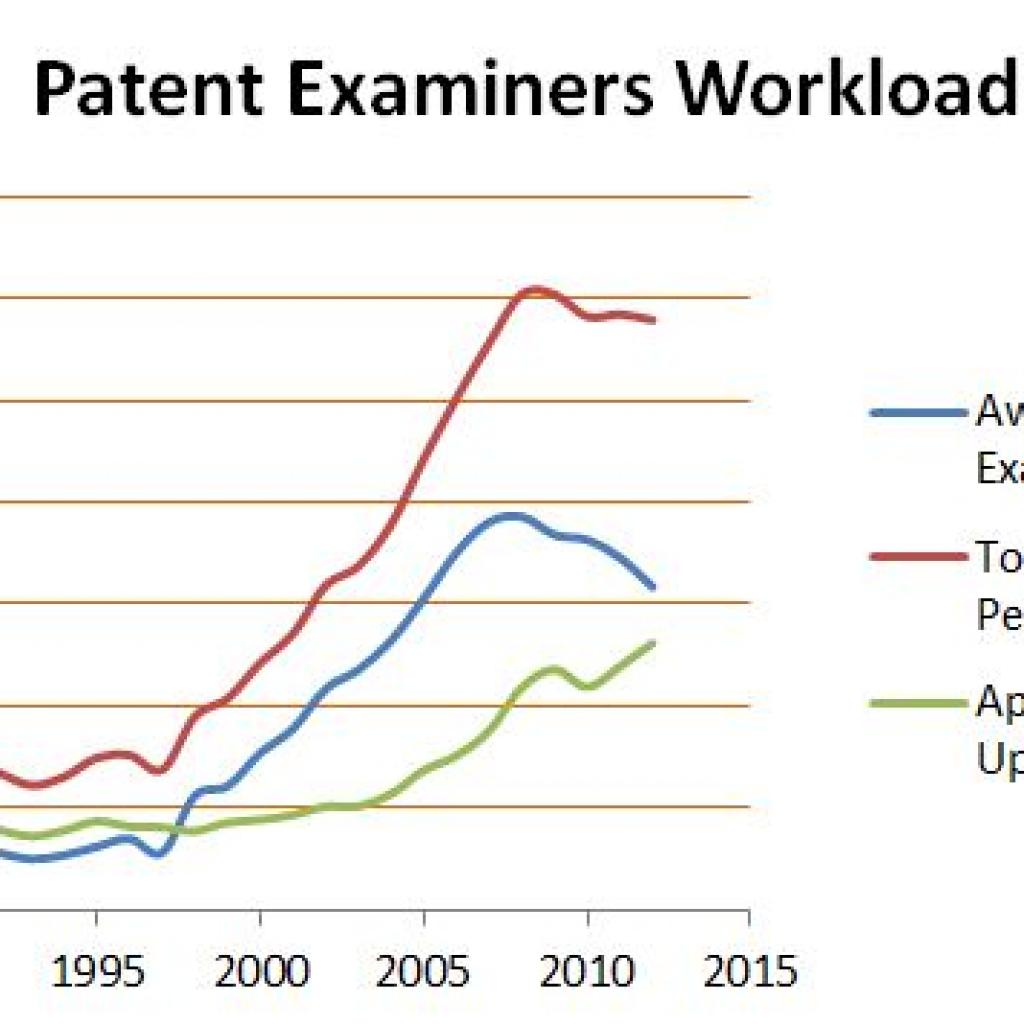As a litigator, you love killer prior art, don’t you?
But sometimes you must make do with 103-type if you are in the US. The sound of 103-type just made you sigh, didn’t it?
It is justified too.
Weak prior art can create conflicts for any attorney in any case. Fighting with a 103-type prior art is a whole different ball game regarding time, effort, and money.
You spend more time figuring out the holes in the prior art and yet more time plugging them in, not to mention the different angles you have to think of, from which these 103-type references can be refuted. Plus, you must equip yourself with all sorts of arguments in such scenarios.
Of course, you’d prefer a killer or 102-type prior art any day. They’re the most convenient solution for a case, especially when you’ve got a whole breakdown of the result and know all its interpretations and intricacies.
When Tier-II is reality
But then, in most of these cases, the result at hand falls short of a few of the long list of features that the claim demands.
Of course, you always have the option to make do with combination art or 103-type solutions.
However, we have learned in our experience that there is a much more intelligent way to approach this situation. You see –
A seemingly random piece of art has more to tell than one can expect at first glance.
What does that mean? Let me portray it with the help of an example.
We were recently working on a case for an Electronic cigarette’s battery charging system, which had a claim that demands the charging to be done with many constraints:
If the battery is too hot. Or if it’s too cold. If it’s been charging for too long.
Is the voltage too much? Or is it too little. If there’s too much current…
…and several other specifics that just make you want to go and grab a cold one instead.
It’s indeed a very specific case but bear with me.
Going ahead with the search, it becomes obvious early on that this isn’t your everyday case, and the results soon plateau out: all the best prior art results you have, miss out just a feature or two. Eventually pointing down to that road of the 103-type art, and the additional effort that you have to spend along the way.
However, this is when having an eye for detail and an investigative approach can help change the direction and set you up for victory.
That’s when having an eye for detail matters
We found that, often, even if the references’ text does not cover all the claim features, you can benefit from keeping an eye out for detail in the text (or even images) which reference/mention part numbers, software, algorithms, Integrated Circuit (IC) chip numbers, etc., because they can serve as complete elaborations on some the technical aspects by themselves.
In this ‘E-cigarette charger’ example, the related results talked about (and claimed) electronic circuits (and their functioning) by referring to certain IC numbers that are (or can be) used for performing the circuit’s functions.
For example, patents like CN202233002U clearly specified a TP4055 Li-ion battery charging IC:

Source: Machine translation screenshots
Or even some more obscure ones like CN201370098Y which don’t mention an IC number per se, but have hints hidden in the images:

In this case, it led us to IC numbers LTC3204 and LTC4095 (a single-cell lithium battery charger, by Analog Devices).
Let’s have a look at the latter in detail:


By checking the datasheets for these ICs (freely available detailed operational features, and application notes), it became evident that several of these ICs did, in fact, contain all these operational constraints which the reference itself seemed to just fall short of.
So while the prior art references themselves did not mention some of the charging constraints, they did explicitly mention specific part numbers that had these features inherently included.

While it may seem like the primary reference did not have all the required features to make it a 102-type reference, we can still walk the middle path: using an additional document while using a single reference.
Agreed, you often have the closest of results, and can even go for an obviousness-based attack: combining references, with reasonable explanations for ‘motivation to combine the results. But it is always cool to have a trick up your sleeve to turn a 103-type reference into a 102-type, and I’m sure time is just one of the things that’ll be saved.
In a Nutshell
In our years of conducting prior art searches, we have figured that a massive pool of patents and non-patent documents could serve as prior art for so many cases. And a lot of such literature mentions (or cites) rather ‘specific information to describe the working of the inventions.
This ‘specific information’ can be anything ranging from an IC datasheet, an algorithm, to an IEC or ISO Standard, and anything in between. We never know where but keeping an eye out for such details could turn a 103 reference into the fabled 102 prior art everyone’s after.
This is just one of the many instances of our investigative approach at work.
Loved our approach and want to see if we could find killer prior art for your current case?
Fill out the form below and our team will get in touch.









